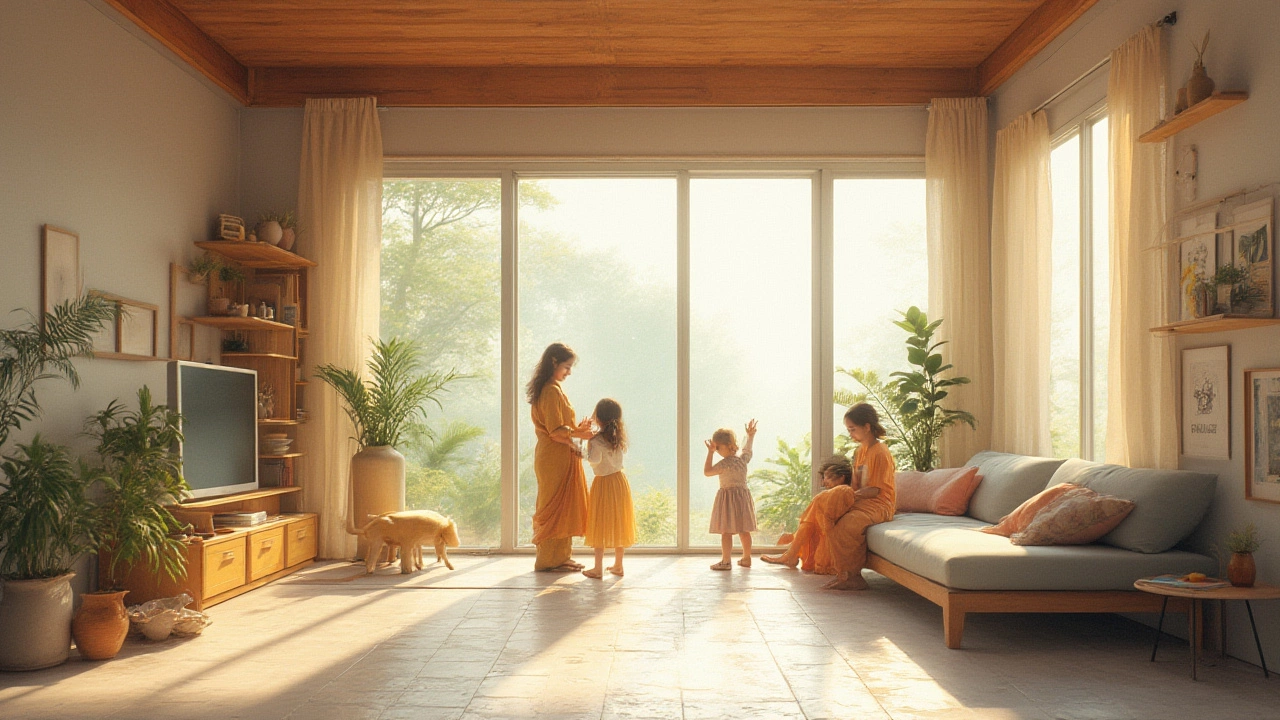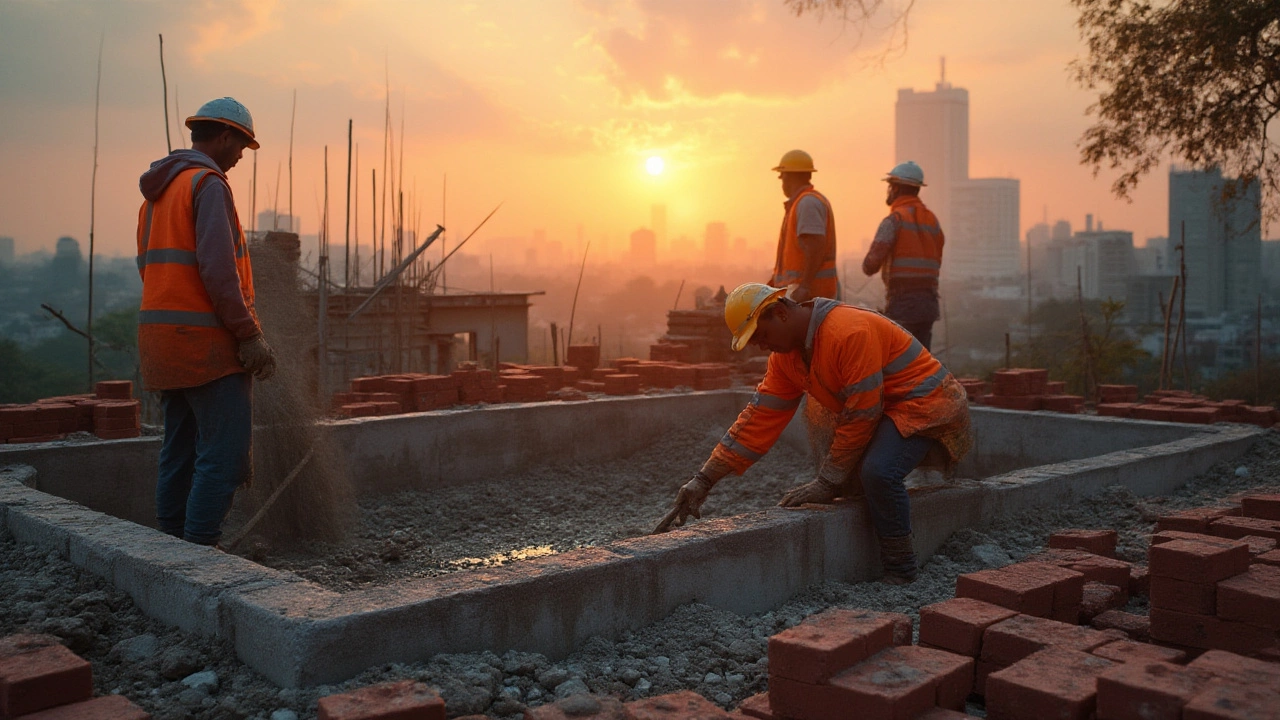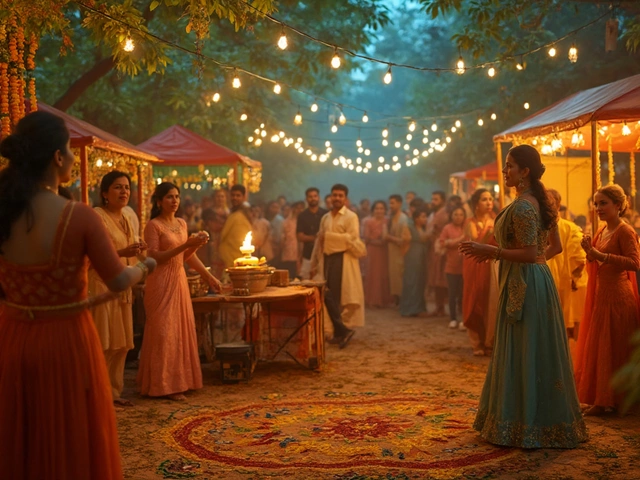Picture this: You’re dreaming of a snug home studio, a quick guest room, or maybe a side business space—just a simple 20x20 room. But, as soon as you ask, “How much will it really cost to build that extra room in India?”, you get bombarded with a hundred different numbers. Costs jump around like Mumbai’s weather. Some uncle gives you an outdated estimate from 2018, and a contractor quotes a price that leaves your wallet sweating. So what’s the actual damage in 2025? If you want a real-world answer, without any sugar-coating or fluff, let’s break down the true costs, step-by-step—and toss in some smart tips you won’t hear over chai at the local hardware store.
What Actually Goes Into the Cost of a 20x20 Room?
Take two 400-sq.ft spaces in different parts of India. Even though the size matches, the price tags won’t. That’s because so many things come together when you talk about building costs. The basics? It’s all about three main parts—materials, labor, and finishing. But there’s more in the mix if you want the full picture. In 2025, cement prices in Mumbai are about ₹430 per 50 kg bag, and reinforced steel rods (TMT bars) hover near ₹61,000 per metric ton. Bricks, sand, plumbing, and electrical wires also add up, often silently raising the bill. Labor charges are a serious chunk too—skilled masons and helpers commonly ask for ₹450-₹750 per day each in urban areas. Factor in GST, transportation, contractor fees, and yes, that sneaky neighborhood “NOC” expense, and things can spiral fast if you don’t plan right. Want an accurate budget? Don’t forget the less-glamorous stuff: waterproofing, basic wiring, painting, and light fixtures. Each has its own set rate.
Let’s not forget: Location messes with the final number. Prices in Mumbai or Bengaluru can be 30-50% more than what you’d pay for similar work in a smaller city in Gujarat or Odisha. Even in the same city, labor rates may differ across neighborhoods depending on availability, demand, and the size of your project. The time of year also matters—a sudden monsoon can double both wait times and headaches. Opting for red bricks saves money, but fly-ash bricks offer better insulation. Ready-mix cement delivers faster, yet comes at a 10-15% premium. Material quality can swing costs by ₹200-₹350 per sq.ft. Even tiny details—like the position of your washroom or the height of your ceiling—mess with your estimate. The devil’s in the details, and in India, those details change every 5 kilometers.
Actual Cost Breakdown: Where Every Rupee Goes
Let’s put some real numbers on paper. For a basic, no-frills 20x20 room (roughly 37 sq.m.), the most accurate way to estimate is to go per sq.ft. In Mumbai today, going rates for a decent quality construction (plastered, painted, tiled, wired, but unfurnished) hover between ₹1,700 to ₹2,500 per sq.ft. This range covers most standard projects done by licensed contractors, with branded materials where it matters. DIY approaches, or using local unregistered labor, might shave costs down to ₹1,200-₹1,400 per sq.ft., though you’ll gamble with quality and timelines.
Here’s a no-nonsense breakdown for 2025:
| Item | Typical Cost (per sq.ft.) | Total for 400 sq.ft (₹) |
|---|---|---|
| Basic Structure (walls, slab, roof) | ₹1,000 | ₹4,00,000 |
| Flooring (normal tiles/ceramic) | ₹200 | ₹80,000 |
| Plumbing & electrical (simple) | ₹150 | ₹60,000 |
| Plaster & painting | ₹250 | ₹1,00,000 |
| Doors and windows (standard quality) | ₹200 | ₹80,000 |
| Waterproofing/finishing | ₹100 | ₹40,000 |
| Miscellaneous/extra margin | ₹100 | ₹40,000 |
| Total | ₹8,00,000 |
Now this isn’t gospel—it’s a 2025 Mumbai average. Want modular fittings, vitrified or marble flooring? Your bill jumps to ₹9.5-10 lakh. Opt for luxury brands, wall cladding, or premium lights? Pushes near ₹11-12 lakh. On the other hand, if you build in a tier-2 city and use local stone or simple finishes, you could squeeze the base cost close to ₹6 lakh. If your plan includes a bathroom or pantry inside that 20x20 space, add ₹1.5 to ₹2 lakh more, depending on fittings. Don’t ignore “hidden” costs either—municipal permissions, approval plans, and site clearance collectively need ₹50,000-₹75,000 in Mumbai, less elsewhere.

Is It Cheaper to Build in Small Towns or Villages?
Short answer: Yes—and sometimes by a lot. In 2025, labor in smaller cities and towns can be one-third less than Mumbai. Material supply chains are tighter, but sourcing directly from local sellers can mean huge savings. For instance, in the outskirts of Pune or Indore, similar construction could cost as low as ₹1,200 per sq.ft if you don’t go overboard with finishings. Bricks in small towns cost ₹7-₹8 each compared to ₹11-₹14 in metros. Sand and aggregate, when sourced locally, can be 40% cheaper; just double-check for quality to avoid cracking issues later.
But let’s be real: Cheaper doesn’t always mean better. Super-low labor charges may come with hidden delays or shortcuts. Sometimes, finding trustworthy contractors outside urban centers isn’t easy—verbal deals can turn messy, and timelines get fuzzy. Getting bathroom tiles replaced because of a bad job eats into any savings. Think you’ll save by skipping waterproofing? Mumbai’s humidity will teach you a very expensive lesson after the first heavy monsoon. The trick is to balance quality and cost. Find out what your neighbors spent recently, and visit a couple of ongoing local projects. Most people are happy to share ballpark numbers—especially if you buy them a cup of chai and ask what they’d do differently if they could start again.
Ways to Save Money on Your 20x20 Room (Without Regrets)
You don’t need to hire a fancy architect or use imported tiles to get a solid 20x20 room. Want my favorite cost-saving hacks? First, buy your core materials in advance during off-season sales—cement and steel often go down 5-10% just before monsoon or Diwali. Stick to classic designs: Simple, boxy rooms cost less than jazzy layouts with extra bends, alcoves, or curves. Cut your window count, but make them wider—less glass, more light, and cheaper walls. If your plot allows, build the new room right up against an existing wall; you’ll save both on labor and bricks (but check structural safety). Tap into local skills for finishing touches; a local carpenter in Thane may deliver better work for less, compared to a big brand workshop.
Another tip? Avoid custom doors and windows unless absolutely necessary. Ready-made steel or fiber frames cost far less than making everything from scratch. Common-size tiles (2x2 or 4x4 feet) waste less material and are cheaper per unit. Electrical work eats your budget if you keep adding “just one more” fixture—set a plan with basics and stick to it. Compare the rates of at least three contractors, and always write down your quote—verbal deals fade fast. One silent killer: site delays. If your masons hang around for weeks due to missing materials, you’re losing both time and daily wages. Schedule all main deliveries in advance and you’ll slash both stress and cost. Don’t go overboard with paint—one coat of primer and two coats of emulsion work for 99% of basic rooms; fancy “washable” paints can be reserved for areas that need them.

Checklist: What to Watch Before You Start Building
Before you call your contractor, jot down these must-watch points. First up, put everything in writing. Even friends or family should stick to paper when lakhs of rupees are at stake. Get itemised quotes, and ask for separate rates for materials and labor. Next, double-check your plot permissions with your local municipal office. Many people start building and pay later when a civic officer points out a missing approval. Measure your planned space yourself, twice. Wrong measurements can blow up your costs—errors as small as 3 feet will throw your plan into chaos. If you’re building on an upper floor, check whether your structure can take the extra weight; safety isn’t a place to skimp. Photograph the site before work starts, and again every week. Photos save you from disputes—and you’ll appreciate the before-and-after story, trust me.
- Ensure a water and electricity source at the site before work starts—delays here ruin your budget and timeline.
- Discuss a fixed schedule—the more open-ended your timelines, the more money you’ll waste on labor sitting idle.
- If you’re on a tight budget, ask your contractor which finishings can be done later. Sometimes, breaking up work into two phases gives you both breathing space and the chance to select better deals for the final touches.
- Maintain a daily expense diary. It sounds obsessive, but costs can spiral in silence if you don’t check receipts regularly.
- Test material samples—brittle bricks and bad sand are everywhere; request a couple of pieces and knock them together to check sound and strength.
- Trust your gut. If a quote sounds too good, it usually has a catch. Go for clear, middle-of-the-road choices with clear track records—it’s not worth saving a small amount just to redo poor work six months later.
Remember, building in 2025 isn’t just about the math. It’s about dodging common mistakes, knowing where builders cut corners, and figuring out where it’s smart to spend that little extra. Ask around, stay alert, and treat your budget as your best friend. The happier your wallet, the better your new 20x20 space will feel when you finally walk in.





